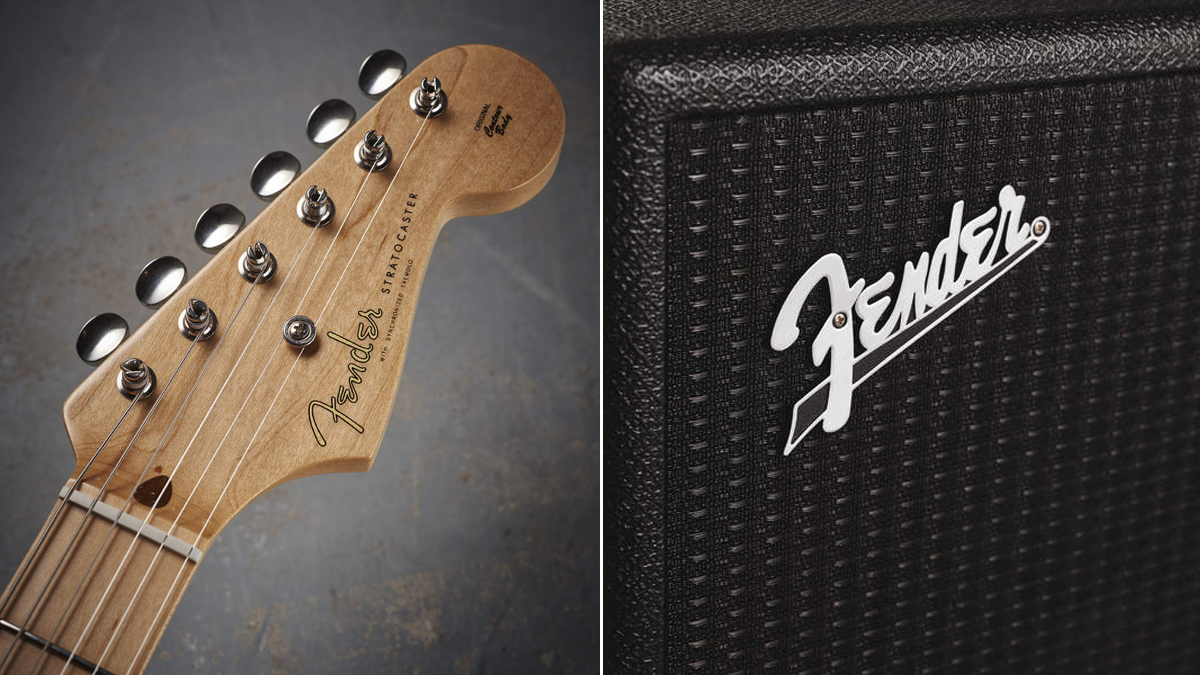Fender CEO Andy Mooney “not optimistic” that guitar and amp supply chain struggles will improve any time soon

It’s been no secret that the pandemic has contributed to a boom in the guitar industry. As evidenced by Fender’s New Guitar Player Landscape Analysis – which revealed 16 million people in the US picked up the guitar for the first time – the popularity of the guitar, and as such demand for instruments, has skyrocketed over the past 18 months.
And, if recent comments made by Fender CEO Andy Mooney are anything to go by, people shouldn’t expect stock shortage issues – for both guitars and guitar amps – to resolve any time soon.
While in conversation with CNBC, Mooney spoke of the “remarkable demand” that’s currently dominating the market, and admitted he doesn’t expect things to get "significantly better” for some time.
“I think eventually it’s going to get better,” he hypothesized. “I think the question is when. We’re not optimistic at this point it’s going to get significantly better for at least two, maybe three, quarters.”
The Fender CEO also commented that, while prices have increased by 10 percent over the last 12 months, such increases have done little to quell astronomical demand – demand that has seen seven percent of the American population pick up the guitar.
It’s not just guitars, though. Mooney also reported that the brand’s guitar amp production has been affected by chip shortages, while its audio production hardware activities – headed up by PreSonus, which Fender recently acquired – has also taken a hit.
“It’s truly remarkable the demand that’s out there,” he continued. “People want to use their time wisely and invest in activities that they really feel good about.”
All the latest guitar news, interviews, lessons, reviews, deals and more, direct to your inbox!
It’s been well-documented that pandemic-induced stock shortages have plagued the industry for well over a year.
Last year, Fender Product’s EVP Justin Norvell told Guitar World the combined pressures of hiked demand and reduced output as a result of lockdown had exacerbated the issue, while Gibson CEO James Curleigh told the New York Times, “We literally couldn’t deliver enough [guitars].”
Despite the challenges, Fender has still, unsurprisingly, benefited from increased demand. In fact, the brand revealed it had sold more guitars in 2020 than in any other year in its history.
“The age profile has moved. Nearly two-thirds of people [who started to learn guitar] were between 16 and 34, and the audience is much more diverse,” concluded Mooney, who capped off his commentary with a glowing appraisal of the direction the guitar industry is going in.
“Pre-Covid, the industry was growing at 10 percent,” he said. “At the height of Covid, it had grown at 35-plus percent. We anticipate it continuing to grow at least at the pre-Covid rate, if not more."

Matt is the GuitarWorld.com News Editor, and has been writing and editing for the site for five years. He has a Masters in the guitar, a degree in history, and has spent the last 19 years playing everything from blues and jazz to indie and pop. During his GW career, he’s interviewed Peter Frampton, Zakk Wylde, Tosin Abasi, Matteo Mancuso and more, and has profiled the CEOs of Guitar Center and Fender.
When he’s not combining his passion for writing and music during his day job, Matt performs with indie rock duo Esme Emerson, and has previously opened for the likes of Ed Sheeran, Keane, Japanese House and Good Neighbours.
